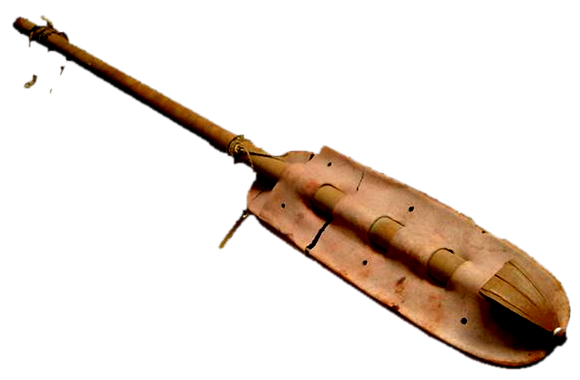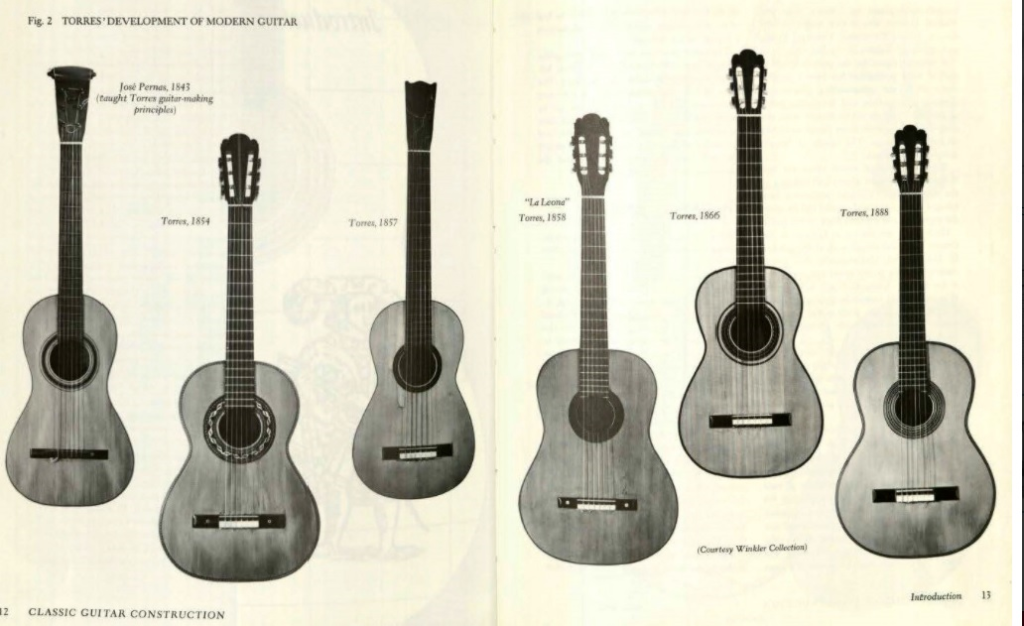A brief history of the guitar
The guitar has very ancient origins but it is not yet clear how it evolved into the form we know today. Something that appears to be similar to the guitar was found in an Ancient Egyptian tomb, dating back to 1500 BC. about (more or less 3500 years ago): this instrument, according to some studies, belonged to Har-Mose who was part of the court of Sen-Mut, adviser to the Egyptian queen Hatshepsut.
An engraving was found in the tomb that defines Har-Mose as a ‘singer’: also for this reason it is believed that the instrument found was the ancestor of a guitar or, in any case, of a musical instrument. This sort of musical instrument, now preserved in the Archaeological Museum of Cairo, was composed of three strings, played with a plectrum and was also equipped with a resonance box made of cedar wood and a soundboard in raw leather.

To speak of a real ‘ancestor’ of the guitar, we must get to the Middle Ages: in this period instruments were used that originated from the first Arab lutes that were equipped with only 4 strings of silk threads: the term ‘guitar’ (or rather, the Arabic word Qîtâra) in fact derives from the word “Chahar”, which means “four”, and “Tar”, that is the “strings”.
Like these early medieval guitars, the lute also has only 4 strings. Furthermore, it is interesting to know that from the Greek kithára (ie the zither, a musical instrument played in classical antiquity and belonging to the family of chordophones) and then from the Latin cithara derive the terms guiterne (quinterna), Gittern, citole and guitar.
Precisely in the medieval period there was a first evolution of the guitar, as it passed to the so-called ‘quinterna’ (from the Latin word “quinque”, which means five and from the Persian word “tar”, which means string), that is to the ancestor of the guitar modern, with 5 strings.
The modern guitar and De Torres
The modern guitar originates from the baroque guitar which, in turn, derives from the medieval “quinterna”, a 5-string instrument.
The Baroque guitar was in use in Spain, Italy and France from the second half of the 16th century until the end of the 18th century.
But the innovations that led to what we now define “modern guitar” are due in particular to the Spanish luthier Antonio de Torres Jurado (Almería, 13 June 1817 – Almería, 19 November 1892) who, in the second half of the nineteenth century, contributed in a decisive way to fix what have become the “standards” of today’s guitars, fixing the shape, the maximum dimensions and the construction technique.

De Torres was the first to increase the surface of the soundboard, placing the bridge at the point of maximum width. He also placed three transverse chains, two above and one below the hole; in the part under the bridge there are seven symmetrical rays arranged in a fan shape.
He also fixed the modern measures of the guitar neck and fingerboard but also the shape of the bridge. In this period the guitar became six-stringed, compared to the ten strings (i.e. 5 double strings called choirs) or the twelve strings (6 double strings) present on the baroque guitar: to compensate for the decrease in sonority due to the lower number of strings, he enlarged the case and a complete opening of the sound hole was introduced in the middle of the soundboard.
The guitar then, with only six strings, became easier to play and, at the same time, it turned out to have a more robust structure.
Naples and six-string guitars
Six-string guitars were first produced in Naples by some luthiers towards the end of the 18th century and soon spread to Spain, France and then throughout Europe.
Rather small in size, they were made of maple wood or fruit woods. Great changes to the structure of the guitar set by De Torres were made in 1920 by the German luthier Christian Frederik Martin who built guitars with steel strings for the strong demands of country musicians: the increase in tension, due to the steel strings, involved some changes to the structure of the case and the adaptation of the special bracing of the “X” table, already developed in the mid-nineteenth century.
This bracing is still used today in most guitars and folk instruments.
